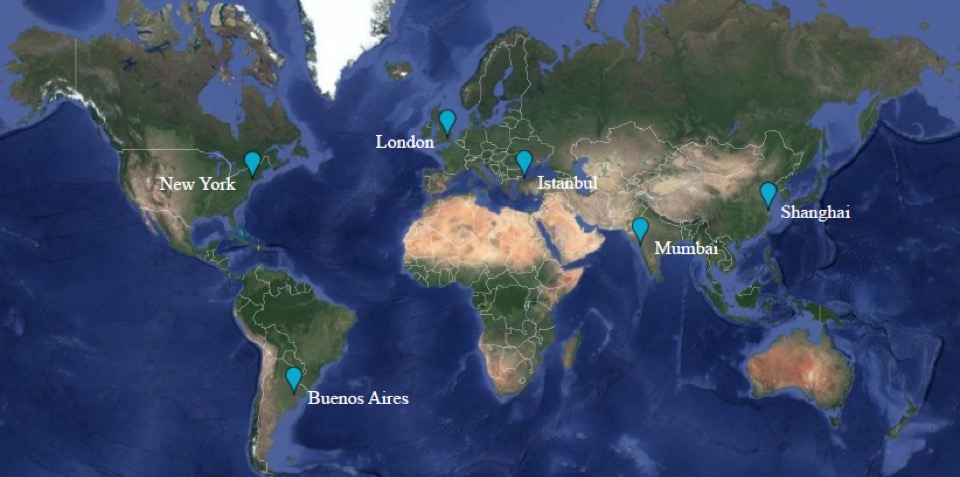CFP: Arrival Cities: Migrating Artists and New Metropolitan Topographies
Munich, 30 November – 1 December 2018; Deadline: 15 April 2018

Focusing on the intersections of exile, artistic practice and urban space, this international conference will bring together researchers committed to revising the historiography of ‘modern’ art. Part of the ERC research project Relocating Modernism: Global Metropolises, Modern Art and Exile (METROMOD), it will address metropolitan areas that were settled by migrant artists in the first half of the 20th century. These so-called “arrival cities” (Doug Saunders, 2011), were hubs of artistic activities and transcultural contact zones where ideas circulated, collaborations emerged and concepts developed. Taking cities as a starting point, this conference will explore how urban topographies and artistic landscapes were modified by exiled artists re-establishing their practices in metropolises across the world. It will address questions such as: How did the migration of artists to different urban spaces impact their work and the historiography of art? How did the urban environments in which the artists moved and worked affect professional negotiations as well as cultural and linguistic exchange?
While papers addressing METROMOD’s six focus cities—Bombay (now Mumbai) Buenos Aires, Istanbul, London, New York and Shanghai—are welcome, we also encourage contributions that expand the project’s geographical reach and explore diverse urbanities. Similarly, while METROMOD studies European exile, we are also interested in cases of exile and migration from other geographic areas that demonstrate connections with developing artistic concepts of ‘modernism’. We invite contributions that consider mobilities and trajectories, neighbourhoods and networks, social spaces and artscapes, as well as infrastructures and artistic practices. Neighbourhoods such as Belgrano in Buenos Aires, Hampstead in London, or Washington Heights in New York, which became home to a large number of migrants, could be examined in relation to how they supported segregation, exchange and inclusion. How accessible were these areas in terms of public transit? What institutions and social spaces did they offer? Did the foreign artists create their own informal gallery structures, or rely on existing venues? While authors should direct their studies toward the first half of the 20th century, papers dealing with methodological issues and comparative questions can address a longer period.
“Arrival Cities: Migrating Artists and New Metropolitan Topographies” aims to encourage the discussion between international scholars from different research fields, such as Exile Studies, Art History, History of Sociology, Architectural History, Architecture and Urban Studies. We invite empirically grounded papers on a range of topics that will contribute to expanding the historiography of modern art, urbanism and architecture. Extended versions of selected presentations will be published in an edited volume in late 2019. Contributions for the book must be submitted in complete form by 1 March 2019.
Proposals in English of up to 300 words along with a half-page CV should be submitted in one document (pdf) to laura.karp.lugo@kunstgeschichte.uni-muenchen.de by 15 April 2018. Accommodation and return travel costs within Europe, and a significant portion of return flights for overseas participants will be covered.
The conference, which will be held in English, is convened by the METROMOD research team: Burcu Dogramaci, Laura Karp Lugo, Rachel Lee, and Helene Roth.
For more information about METROMOD, please consult the LMU Website: http://www.kunstgeschichte.uni-muenchen.de/forschung/erc-projekt_-metromod/index.html

